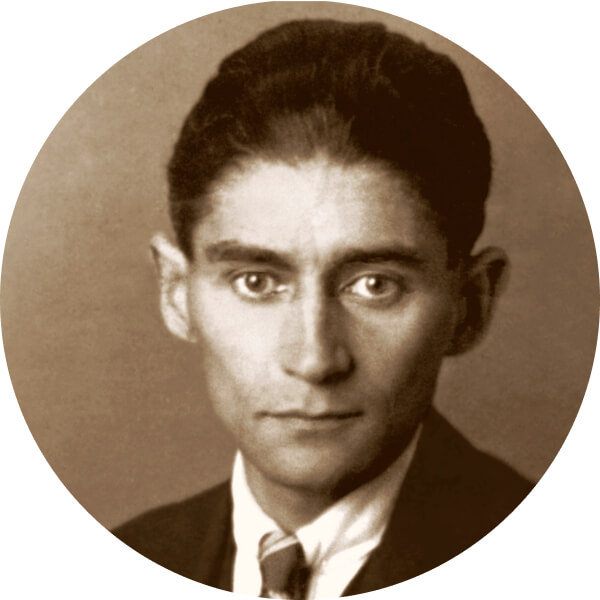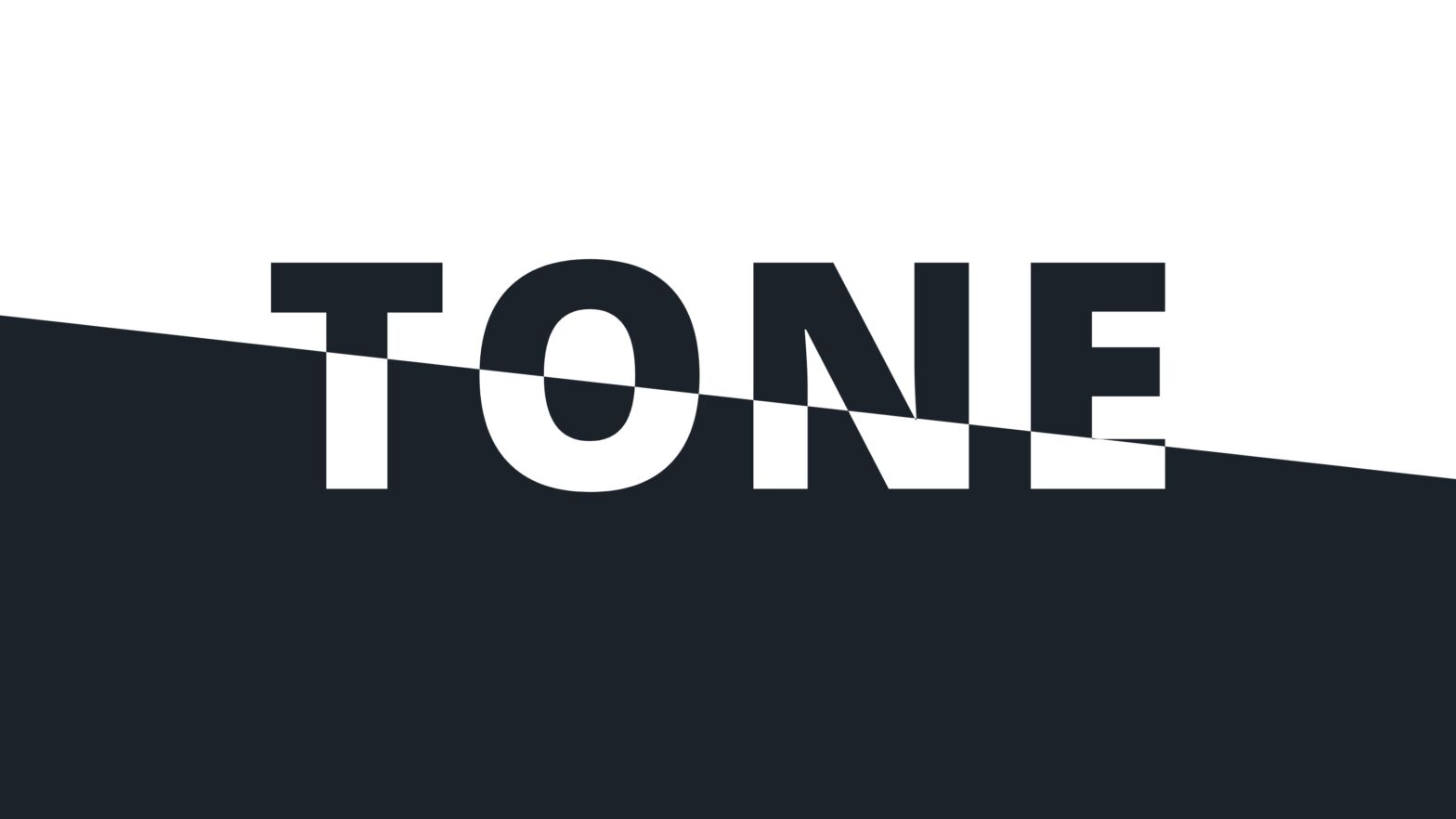What is tone? To answer that question we have to place tone in an appropriate context. Tone can refer to the intonation/pitch of acoustics, the meeting of light and shadow, the firmness of muscles, etc. — but we’re going to focus on what tone means in storytelling. Tone is how an artist feels towards the art they create — sounds simple enough right? Well, consider this: how do we know how an artist feels? We’re going to explore that question by looking at examples from Ayn Rand, Federico Fellini and more. By the end, you’ll know what makes tone different from mood and how to recognize it in film and literature.
Types of Tone Explained
Let’s define tone in writing
Tone is a very specific element in any artist's work but the actual meaning can easily be confused. For example, it is often conflated with mood but they are two distinct attributes. Let's define tone before we jump into some sub-topics like tone in writing, types of tone, and tone vs mood.
TONE DEFINITION LITERATURE & FILM
What is tone?
Tone is the attitude that an artist has towards the subject matter of something they create. For example: if a writer writes a novel about a political election, then the tone of the story is how we presume the author feels about it. This is obviously quite subjective, but not impossible to diagnose — we’re able to recognize tone by language, verbiage, context, and irony.
Characteristics of Tone
- Expressive language
- Use of irony and satire
- Emotionally motivated
If tone is how an artist feels about their subject matter, how do we determine what that is exactly? Well, let’s break down the three keys to determine tone (language, context, and irony) in Jonathan Swift’s A Modest Proposal, one of the best satire examples of all-time.

A MODEST PROPOSAL
“Infant's flesh will be in season throughout the year, but more plentiful in March, and a little before and after; for we are told by a grave author, an eminent French physician, that fish being a prolific diet, there are more children born in Roman Catholic countries about nine months after Lent, the markets will be more glutted than usual, because the number of Popish infants, is at least three to one in this kingdom, and therefore it will have one other collateral advantage, by lessening the number of Papists among us.”
— Jonathan Swift
Language: the language of this excerpt is exaggerated — notice words like grave, eminent, glutted, etc.
Context: Jonathan Swift was a well-known satirist so readers knew to take his essays with a grain of salt. Swift was also an Irish priest who openly detested the British aristocracy.
Irony: Take the line, “there are more children born in Roman Catholic countries about nine months after Lent” for example. This line is ironic because lent is supposed to be about sacrifice, not about conceiving children.
Taking all of this into account, what would you say the tone of A Modest Proposal is? I’d say that considering language, context and irony, the tone of A Modest Proposal is satirical; a brutal condemnation of the voice Swift assumes.
What is the Tone of a Story?
Tone vs Mood
Mood and tone are two terms that are often used interchangeably — but they don’t mean the same thing. There’s definitely some conjecture as to the applicable definitions of mood and tone but perhaps it’s helpful to think about this way:
Mood is what you feel from consuming a piece of art.
Tone is what the artist feels about the subject matter of their art.
Can you see how the mood definition and tone definition could lead down a slippery slope? There’s a whole lot of subjectivity in personal feeling and a whole lot of presumption in suggesting how an artist feels about their work.
Franz Kafka is an author whose works are known for their similar tones; so much so that his tonal style is called “Kafkaesque” — but how do we recognize the “Kafkaesque”? This next video explores that question in great detail.
Tone Examples • What Makes Something ‘Kafkaesque’?
In Kafka’s best works, like The Trial and The Metamorphosis, the mood is confusing, isolating, and despairing.
Take this excerpt from The Trial for example:

THE TRIAL
“The square in front of the cathedral was quite empty, K. remembered how even as a small child he had noticed that nearly all the houses in this narrow square had the curtains at their windows closed most of the time, although today, with the weather like this, it was more understandable.”
— Franz Kafka
Notice how empty everything feels? How depressing the imagery is? Those are hallmark characteristics of Kafka’s writing. Kafka often expressed a distaste for bureaucracy, which he tried to make others feel through mood.
So, let’s diagnose the mood and tone in The Trial.
Mood: bewilderment and powerlessness
Tone: indictment of bureaucracy
Tone Definition Literature
Tone examples in literature
Critics have to be careful with diagnosing literary tone because it’s often unfair to suggest an author feels a certain way about their subject matter. We often hear “so-and-so suggests ‘blank’ in their novel” but how do we know that’s how they really feel?
If there’s one author whose tone is critiqued more than any other, it’s Ayn Rand — author of The Fountainhead and Atlas Shrugged. This next video offers insight into Rand’s personal feelings on love and happiness.
What is Tone in Writing? • Ayn Rand Blank on Blank
Rand made waves in the literary world with her 1943 novel The Fountainhead, which follows an architect named Howard Roark who pursues his personal agenda no matter the cost. One of the main themes of The Fountainhead is the battle between individualism and collectivism — which we’ve also seen in novels like Brave New World and 1984. But whereas Huxley and Orwell’s novels are widely revered to this day, Rand’s is far less venerated.
So what gives? All three novels are clear indictments of collectivism and the overreaching hand of government, so why is Rand’s the only one that gets all the hate? Well, it all has to do with the tone of The Fountainhead.
Rand was an outspoken critic of collectivism, philanthropy and communism. In response, she developed a philosophical worldview called Objectivism, which she defined as “the concept of man as a heroic being, with his own happiness as the moral purpose of his life, with productive achievement as his noblest activity, and reason as his only absolute.”
Rand’s philosophy was rooted in classical liberalism and the teachings of John Locke and Adam Smith but many argue Rand’s tone is much more sinister. Today, the tone of Rand’s novels are debated vigorously.
What’s the Tone of a Story in a Movie?
Tone examples in cinema
Remember how we talked about how there are multiple interpretations of the term tone? Well, in cinema there are three interpretations that apply — how a filmmaker feels about the subject matter of their film, the visual tone of the film itself, and audio tones.
First, let’s look at how Federico Fellini feels about the subject matter of his film by analyzing the opening scene of 8 ½ — a film that many consider to be one of the greatest of all-time.
Tone in Literature & Film • 8 ½ Opening Scene
What’s the mood of this scene? How does it make you feel? Claustrophobic? Overwhelmed? Paranoid? Well, considering context, it’s fair to say that Fellini felt all of those ways as well. It’s no secret that 8 ½ was a very personal movie for Fellini — even the title breaks the fourth wall because it was literally the number of films he had directed up to that point.
In a lot of Fellini’s movies, actor Marcello Mastroianni plays an idealized version of himself. So for 8 ½, we can say that the tone is pretty much what Mastroianni’s character feels.
As for visual tone, let’s consider chiaroscuro lighting in another one of the greatest films ever made, Citizen Kane.
Tone of a Story Visualized • Tonal Depth in ‘Citizen Kane’
Visual tone is the meeting of light and shadow; chiaroscuro is the technique of using light and shadow to create depth. Citizen Kane is widely credited with pioneering the use of chiaroscuro lighting in American cinema — although it was predated by the artists, playwrights and filmmakers of the German Expressionist movement and films like M and The Cabinet of Dr. Caligari.
Tone can also refer to the rising and falling of pitch in a film’s audio. For example, consider the Shepard tone in Christopher Nolan’s Dunkirk.
Types of Tone • The Sound Illusion That Makes ‘Dunkirk’ So Intense
The Shepard tone is an audio illusion that tricks your brain into thinking there’s an infinite rising or falling scale. You don’t have to use the Shepard tone to change the tone of your film’s audio though – any adjustment to the octave scale will change the audio tone.
If you’re planning on making your own film, think about all the ways you can incorporate different kinds of tone. Remember: tone and good storytelling go hand-in-hand because they both revolve around feeling.
UP NEXT
What is Mood?
If tone is how a filmmaker feels about their work then mood is how you feel about it. In this next article, we break down everything there is to know about mood by looking at examples from Edgar Allan Poe, Michel Hazanavicius and more. By the end, you’ll know how to recognize mood and implement it in your own work.
